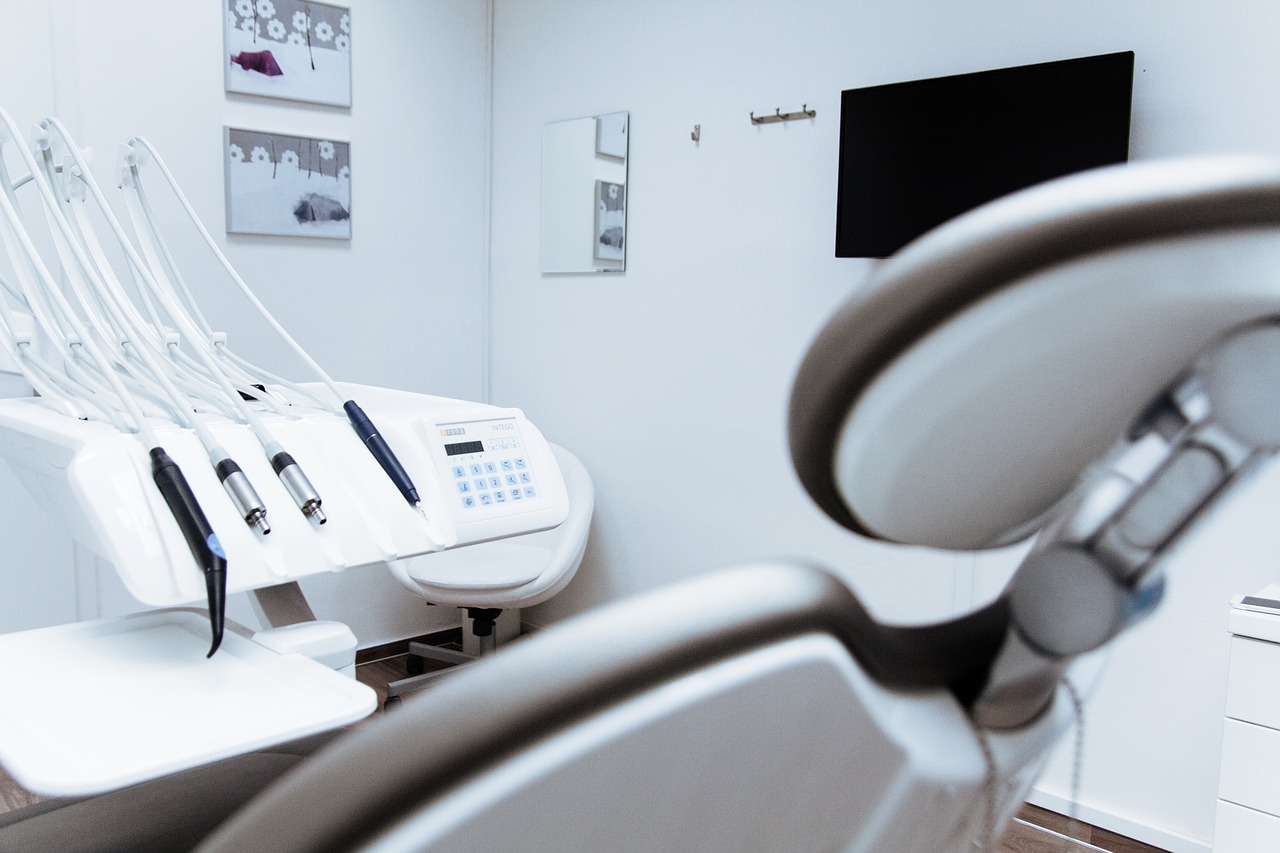
Equipment can be a big investment and an investment decision that isn’t easy to make on any dentist practice. So, when should you invest in more equipment?
If your equipment is run down, needing more maintenance or just taking too long to do check-ups on patients, that would be a good time to look to invest in some new equipment.
Think about what your return on investment really is when investing in new equipment? You’ll lower the cost of maintenance; you’ll be able to treat more patients at a quicker rate, which allows for more income flowing into your business and your practice ultimately becomes more efficient.
Getting cutting edge equipment gives you an advantage on your competition and allows you to stay one step ahead, which is what we ultimately want in business, isn’t it?
Your reputation will be known for a fast appointment rate, cutting edge technology and high-performance quality. This is ultimately how you want customers and potential clients to see your business.
You also have another option; you can decide to lease instead of buying your equipment. You need to weigh up the pros and cons and work out what is best for your business.
Also, seek your accountant’s advice before you purchase any equipment, as the aim will be to maximise the amount claimed as a tax deduction in one hit when you take possession of the new equipment.
Business owners have two financing options when it comes to obtaining equipment for their business. And like anything in finance, these two monetary alternatives each have their advantages and disadvantages.
Let’s look into what each option involves:
Buying
When you purchase something from a seller, you officially own the item (or the bank does if you have borrowed the money).
Once the transaction has been made and the papers have been signed, the seller no longer has ownership over the asset.
Leasing
Leasing, on the other hand, is an agreement between the lessee (you) and the lessor.
You have access to the asset, usually against periodic payments, but the lessor still has ownership over the item.
After the completion of the lease, you often have the choice to hand the asset back or transfer the ownership to you for a final lump sum payout.
So which option is the better alternative?
This is entirely dependent on your financial position and individual circumstances.
We have noted down the pros and cons of both alternatives including their tax implications, so if you’re sensing a big spend-up on the horizon, this analysis will help you to start thinking about which option might be best for you.
Lease Vs. Buy Analysis
Pros and cons of buying
If the asset in question is for long-term use, typically buying tends to be the cheapest option when it comes to out-of-pocket expenses.
Purchasing may be the better option for you if your business has sufficient funds available to pay outright, without interfering with your other financial obligations.
There is often room for flexible payment options when purchasing a product, such as bank loans or repayments.
If you are purchasing a depreciating asset, it is worth thinking about just how much you are going to actually use it. If it’s had very little benefit to you over the years, you could end up wasting a lot of money when it comes to selling it further down the line.
The cost of buying soon outweighs the cost of leasing if you find yourself repeatedly letting the asset for short-term periods.
If you do decide to buy the asset through the assistance of a loan, you also need to take into consideration any additional costs such as interest rates.
Pros and cons of leasing
Leasing frees up your capital for other, more important, purchases.
Leasing gives you access to the latest and greatest equipment, as and when it becomes available on the market.
The leasing supplier often carries out any services or repairs that are required, meaning future costs are predictable and you don’t have to worry when things go wrong with the asset.
The downside to leasing is you don’t actually own the asset. If you find yourself requiring the item again in the future, leasing can end up costing your business more in the long run.
Tax implications of buying
Purchasing will give you access to the following tax deductions:
Depreciation on the value of the equipment. This is split over the life of the equipment, which typically provides a better upfront benefit. However, the benefits of this diminish over time.
Generally, we find buying is more beneficial in the short term for tax purposes but the benefits decrease over time.
Tax implications of leasing
Leasing gives you access to the following tax deductions:
The recurring lease repayments made.
Leasing is generally more beneficial in splitting your tax deductions evenly over the life of the lease. Unlike depreciation, you tend to find the deductions stay constant year on year. However, you don’t get the big upfront benefits.
Essentially, the lease vs. buy analysis is all about capital planning. Once you have calculated the after-tax value of each financial alternative, you will typically find one solution to be more beneficial for you and your business.
If you would like to discuss further which option is best for you, please feel free to contact us.
